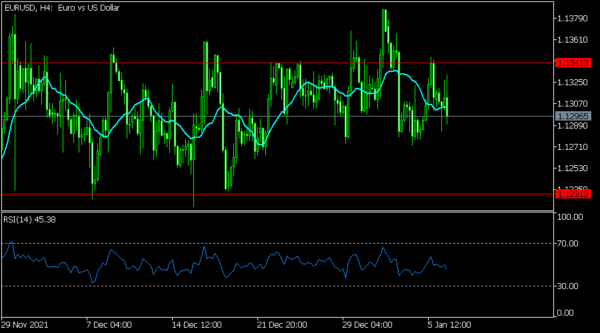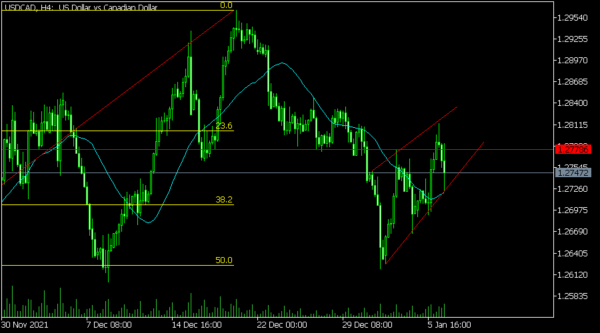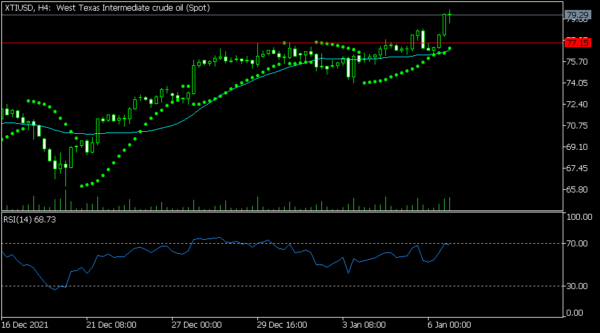US equities, cryptocurrencies, and precious metals declined on Thursday as investors started to adjust for the upcoming interest rate hikes. The Dow Jones declined by about 170 points while the Nasdaq 100 and S&P 500 rose marginally. This sell-off was mostly a reaction to the hawkish minutes by the Federal Reserve. The argument is that assets that did well in a period of low interest rates will lag when the Fed starts its hiking cycle. Meanwhile, data showed that the American services sector lagged in December as the Omicron variant spread. The ISM non-manufacturing PMI declined from 69.1 in November to 62.0 in December.
The US dollar held steady as investors waited for the upcoming American jobs numbers that will come out later today. Economists polled by Reuters expect the data to show that the country’s employers added about 400k jobs in December while the unemployment rate retreated to 4.1%. On Wednesday, data by ADP revealed that the country’s private sector added 800k jobs. On Thursday, the Labor Department said that initial jobless claims rose slightly to 207k last week. Strong jobs numbers will incentivize the Fed to start tapering.
The Canadian dollar strengthened against the US dollar after the latest Canadian trade numbers. According to the country’s commerce department, exports increased from C$56.42 billion in October to C$58.57 billion in November. In the same period, imports rose to C$55.44 billion, leading to an overall trade surplus of C$3.13 billion. These numbers show that the country’s economy is doing well. Later today, the statistics agency will publish the latest jobs data. Economists expect the data to show that the country’s unemployment rate declined from 6.0% to 5.9% in November.
EURUSD
The EURUSD pair was little changed ahead of the latest Eurozone inflation and US NFP data. It is trading at 1.1296, where it has been in the past few days. This price is slightly below the upper side of the horizontal channel shown in red. It is also along the 25-day and 50-day moving averages and slightly below the 23.6% Fibonacci retracement level. Therefore, the pair will likely remain in this range ahead of the NFP data.
USDCAD
The USDCAD pair moved sideways ahead of the latest US and Canadian jobs numbers. It is trading at 1.2753, which is above this week’s low at 1.2620. The pair has also moved slightly above the 25-day and 50-day moving averages. It has formed an ascending channel that is shown in red. It has also formed a head and shoulders pattern. Therefore, there is a possibility that it will retreat and retest the support at 1.2620.
XTIUSD
The XTIUSD pair rose to a high of 79, which was the highest level since November 17. It is also above the key support at 77.15 and the Parabolic SAR indicator. It has also risen above the 25-day moving average while the Relative Strength Index (RSI) is slightly below the overbought level of 70. Therefore, the pair will likely keep rising as bulls target the key resistance at 78.















